
Importance of Proper Bra Fit
A proper bra fit is essential for comfort, support, and confidence. Wearing the right size ensures optimal posture, reduces discomfort, and prevents health issues like backaches. A well-fitting bra enhances your appearance, boosts self-esteem, and allows you to move freely. It also prevents premature wear on bras and clothing. Over 80% of women wear the wrong size, which can lead to pain and discomfort. Prioritizing proper fit transforms your daily life, making every outfit look and feel better.
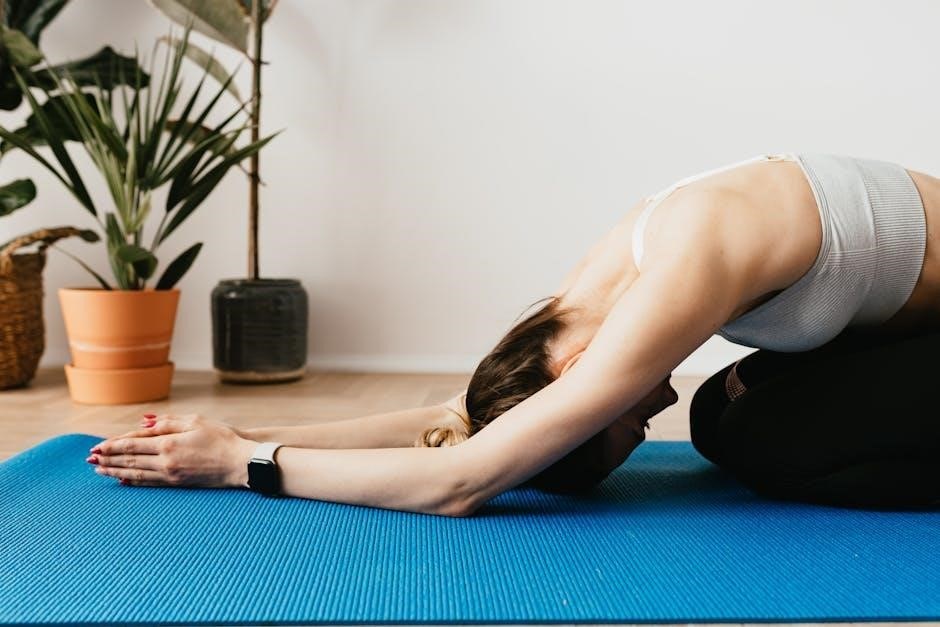
How to Measure Your Bra Size
Measuring your bra size accurately is crucial for comfort and support. Start by gathering a flexible measuring tape. First, measure your band size by wrapping the tape around your ribcage, just under your bust, ensuring it’s snug but not too tight. If the measurement is an odd number, round up to the nearest whole number. This gives your band size.
Next, measure your bust size by wrapping the tape around the fullest part of your bust, keeping it level and not too tight. Take a deep breath to ensure a natural fit. Subtract your band size from your bust size to determine your cup size: 1 inch equals an A cup, 2 inches a B cup, and so on. Combine these to find your bra size.
For example, if your band size is 34 inches and your bust size is 38 inches, your cup size is 4 inches, resulting in a 34D. Remember, sizes vary by brand, so trying bras from different brands is essential. Re-measure every six months, as your size can change due to weight or life factors. This ensures you always have a comfortable, supportive fit.
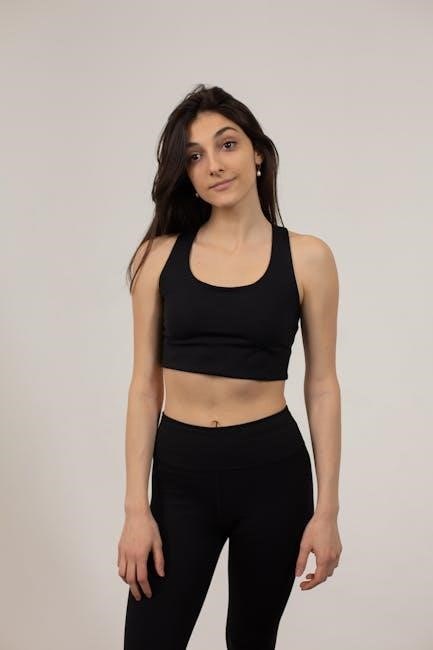
Signs of a Perfect Fit
A perfectly fitting bra provides comfort, support, and confidence. When your bra fits correctly, you should barely notice it’s there. Here are the key signs of a well-fitting bra:
- The band sits snugly around your ribcage without digging or slipping. It should feel firm but not painful, offering even support across your back.
- The cups fully enclose your breasts without spilling over or gaping. Your breasts should be centered and evenly distributed within the cups.
- The underwire (if applicable) should sit flat against your sternum and not poke or dig into your skin. It should follow the natural curve of your body.
- The straps should stay in place without constantly slipping off your shoulders. They should provide gentle support without causing pressure or pain.
- The center gore (the piece of fabric between the cups) should lie flat against your chest, indicating the cups are the right size for your breasts.
If your bra fits perfectly, you’ll feel lifted and supported, with no discomfort or restriction. Your posture may improve, and your clothes will drape better on your body. A well-fitting bra should also stay in place throughout the day, requiring minimal adjustments. If you experience any digging, poking, or shifting, it’s a sign that your bra doesn’t fit properly.
Remember, a perfect fit is about how the bra feels, not just how it looks. When your bra fits correctly, it enhances your confidence and allows you to move freely without distractions.
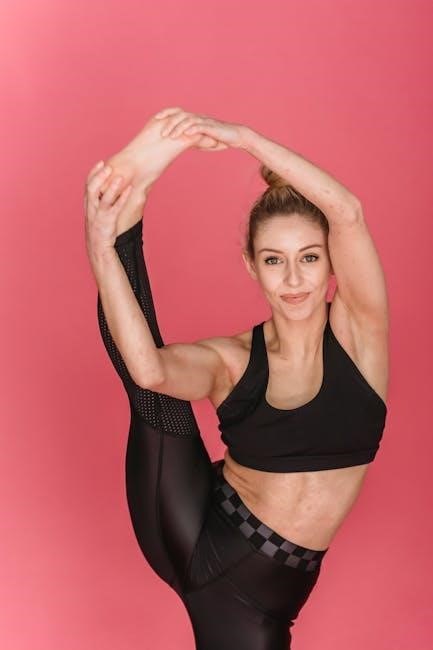
Common Mistakes in Bra Sizing
When it comes to bra sizing, many women make common mistakes that can lead to discomfort and a lack of support. One of the most frequent errors is wearing a band size that is too large and a cup size that is too small. This often happens because women focus solely on the cup size and neglect the importance of a snug band. The band provides the majority of the bra’s support, so if it’s too loose, the bra won’t function properly.
Another mistake is relying on the same bra size for years without getting re-measured. Women’s bodies change due to weight fluctuations, pregnancy, aging, and other factors, which can alter their bra size. Experts recommend getting measured every six months to ensure the best fit. Additionally, many women assume that their bra size is the same across all brands, but sizing can vary significantly between manufacturers. This is why it’s important to try on bras and check the fit rather than relying solely on the label.
Some individuals also neglect to consider the style of the bra when determining fit. For example, a balconette bra may not provide the same level of support as a full-cup bra, and a sports bra has different features designed for active wear. Choosing the wrong style for your body type or activity can lead to discomfort and inadequate support.
Moreover, many women mistake discomfort for normal. If a bra feels tight, digs into the skin, or causes pain, it’s a clear sign that the fit is not right. Ignoring these signals can lead to long-term issues such as back pain and poor posture. It’s crucial to prioritize comfort and support when selecting a bra.
Lastly, some individuals avoid seeking professional help when it comes to bra sizing. A bra fit expert can provide personalized guidance and help you find the perfect size and style. Don’t hesitate to ask for assistance—proper bra fit is an investment in your comfort and confidence.
By avoiding these common mistakes, you can ensure a more comfortable and supportive bra-wearing experience. Remember, the right fit is about more than just numbers and letters—it’s about how you feel in your own skin.
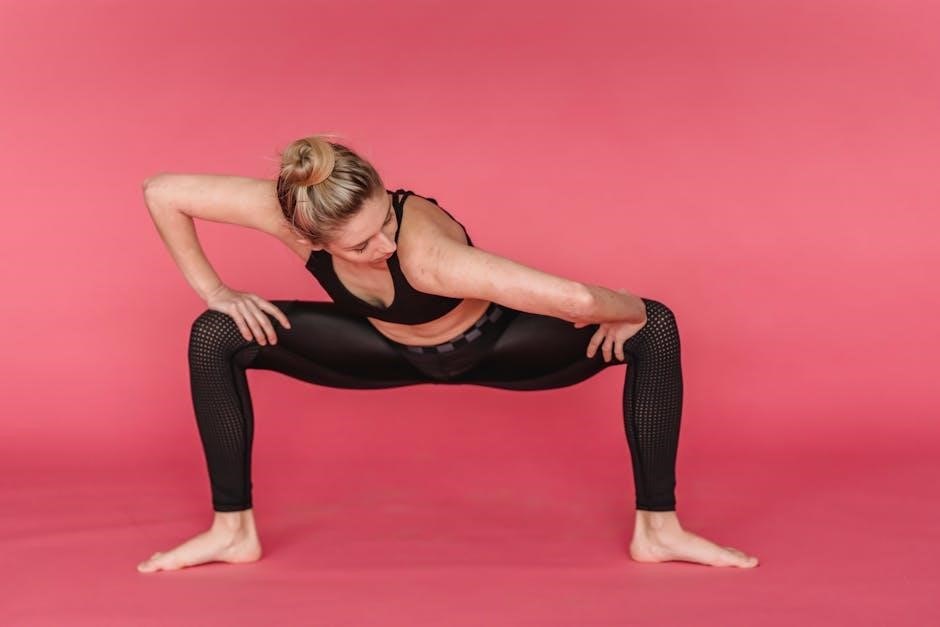
Bra Styles for Different Body Types
Choosing the right bra style for your body type can make a significant difference in comfort, support, and confidence; Different body types and breast shapes require specific bra styles to ensure the best fit and flattery. Understanding your body and selecting the appropriate style can transform how you feel in your bras.
Petite Frames: Women with smaller busts and narrower shoulders often benefit from plunge bras or demi-cup bras. These styles provide subtle lift and separation without adding bulk. Strapless and balconette bras are also great options for petite frames, as they create a longer, more balanced line.
Full-Busted Women: For those with fuller busts, full-cup bras and three- or four-part cup bras are ideal. These styles offer maximum support and coverage, helping to center wide-set breasts. Side-support bras are also excellent for minimizing spillage and providing additional lift; Brands like Freya, Panache, and Elomi cater specifically to full-busted women, offering sizes up to K cups.
Plus-Size Women: Curvier figures often find success with seamless bras, soft-cup bras, or wire-free options. These styles provide comfort and support without causing discomfort or digging into the skin. Brands like Elomi, Goddess, and Glamorise specialize in plus-size bras, offering a wide range of sizes and styles designed for comfort and confidence.
Broad Shoulders and Athletic Builds: Women with broader shoulders or athletic builds may prefer sports bras or bras with wider straps. These styles distribute weight more evenly and reduce strain on the shoulders. T-shirt bras and smoothing bras are also great for creating a sleek, seamless look under tight-fitting clothing.
Close-Set Breasts: For women with breasts that are closer together, push-up bras or plunge bras can enhance cleavage and create a more defined shape. Balconette bras are another excellent choice, as they provide lift and separation without closing in the space between the breasts.
By selecting a bra style that complements your body type, you can achieve a more comfortable, supportive, and flattering fit. Remember, the right bra style is not just about personal preference—it’s about how it makes you feel. Experiment with different styles and brands to find what works best for you.
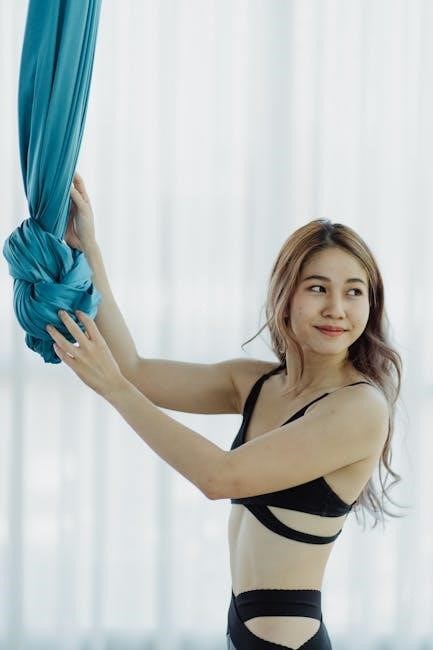
When to Replace Your Bra
Knowing when to replace your bra is crucial for maintaining comfort, support, and confidence. Bras, like any other garment, have a lifespan and eventually lose their shape and functionality. Factors such as weight changes, pregnancy, and daily wear can affect the fit and quality of your bras. Experts recommend replacing bras every six months to ensure optimal performance.
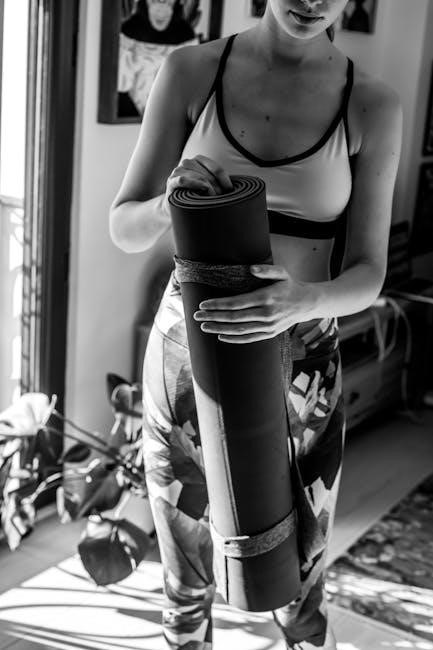
Signs Your Bra Needs Replacement:
– Band Stretching: If the band feels loose or rides up, it’s lost its elasticity and can no longer provide proper support.
– Cup Wear: If the cups no longer lie flat against your skin or the fabric is thinning, it’s time for a new bra.
– Underwire Issues: Poking or broken underwires are clear indicators that the bra is past its prime.
– Strap Fraying: Frayed or stretched straps can’t hold the weight of your breasts effectively.
– Discoloration: Fading or discoloration, especially in the cups, can signal excessive wear.
– Ill Fit: If your bra no longer fits comfortably or causes discomfort, it’s no longer serving its purpose.
Factors Influencing Replacement:
– Weight Changes: Gains or losses can alter your bra size, requiring a new fit.
– Pregnancy and Breastfeeding: Hormonal changes and milk production can change breast size and shape, making regular replacements necessary.
– Fabric Degradation: Over time, fabrics lose their softness and elasticity, especially with frequent washing.
– Activity Level: High-impact activities or sports can shorten a bra’s lifespan due to increased stress on the materials.
Consequences of Wearing Old Bras:
Wearing a bra beyond its useful life can lead to discomfort, poor posture, and even health issues like back pain or skin irritation. A well-fitting bra is essential for daily comfort and confidence, so don’t hesitate to replace yours when the signs indicate it’s time.
By paying attention to these factors and signs, you can ensure you’re always wearing bras that support and flatter your body. Remember, a good bra is an investment in your comfort and well-being.
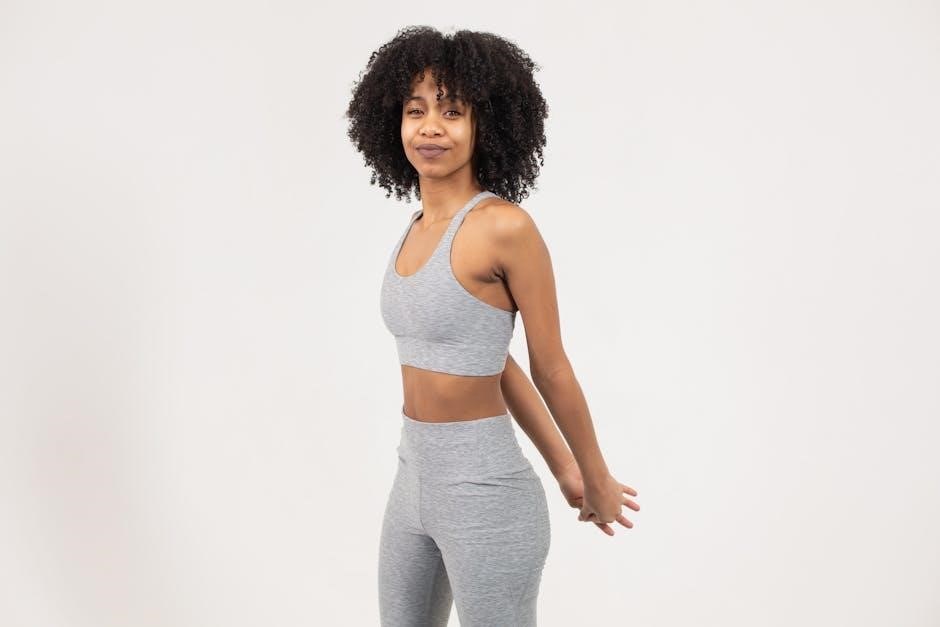
Caring for Your Bras
Proper care for your bras is essential to maintain their shape, support, and longevity. With the right techniques, you can extend the life of your bras and ensure they continue to provide comfort and confidence. Here are some expert tips to help you care for your bras effectively.
Storage Tips:
– Store your bras in a cool, dry place, away from direct sunlight.
– Avoid folding bras, as this can cause creases and misshape the cups. Instead, nest them together in a drawer or use a bra organizer.
– For travel, place bras in a protective case or wrap them in soft fabric to prevent damage.
Washing Guidelines:
– Hand washing is the best way to care for your bras, especially those with delicate lace or underwire. Use a mild detergent and cold water. Gently massage the fabric, then rinse thoroughly.
– Avoid machine washing, as the agitation can stretch the band or damage the cups. If you must use a washing machine, place the bra in a mesh laundry bag on a gentle cycle.
– Never soak bras for extended periods, as this can weaken the elastic.
– Avoid using fabric softeners or bleach, as they can degrade the materials over time.
Drying Instructions:
– Air-dry your bras away from direct heat. Do not hang them, as this can stretch the straps or band.
– Lay them flat on a clean towel or place them in a well-ventilated area to dry naturally.
– Avoid ironing bras, as heat can damage the fabric or underwire.
Additional Tips:
– Rotate your bras regularly to prevent excessive wear on a single bra.
– Avoid wearing the same bra two days in a row to allow the elastic to recover.
– Check for signs of wear, such as stretched bands or frayed straps, and replace your bras as needed.
By following these care tips, you can keep your bras looking and feeling their best for longer. Proper maintenance ensures your bras continue to provide the support and comfort you need, making them a worthwhile investment in your daily wardrobe.
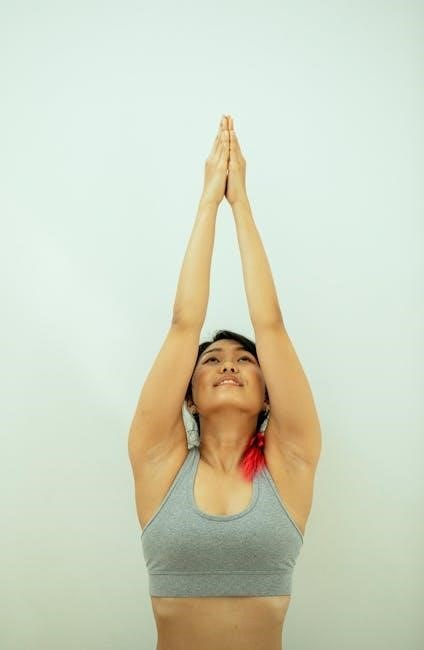
Troubleshooting Common Issues
Troubleshooting common bra issues can make a significant difference in comfort and confidence. Many women face problems like digging straps, gapping cups, or uncomfortable underwires. Addressing these issues can enhance your bra-wearing experience and ensure optimal support.
Digging or Slipping Straps:
– If your straps consistently dig into your shoulders, your band size may be too loose, causing the straps to bear the weight. Adjust the straps to a comfortable length and consider a smaller band size.
– Slipping straps often indicate that the band is too tight. Try loosening the band or opting for a larger size.
– Ensure the straps are adjusted properly—neither too tight nor too loose;
Gapping Cups:
– If the cups of your bra gap, it may mean the cup size is too large. Consider a smaller cup size or a different style that better suits your breast shape.
– Gapping can also occur if the band is too tight, pulling the cups away from your body. Try loosening the band or choosing a larger band size.
Underwire Poking:
– If the underwire feels uncomfortable or pokes your skin, it could be a sign that the cup size is too small. The underwire should sit flat against your ribcage without digging in.
– Ensure the bra fits snugly around your torso and the underwire is positioned correctly. If the issue persists, consider a soft-cup or wireless bra;
Bulging or Spilling:
– If your breasts spill over the cups, the cup size is likely too small. Try a larger cup size or a different style, such as a balconette or full-cup bra, for better coverage.
– Bulging can also occur if the band is too tight, causing the breasts to push against the cups. Loosen the band or opt for a larger size.
Band Riding Up:
– If the band rides up your back, it may be too loose. Adjust the band to a snugger fit or consider a smaller size.
– A band that consistently rides up can also indicate that the cups are too small, causing the band to shift upward for support.
General Tips:
– Regularly check the fit of your bras, as your size can change over time due to weight fluctuations, pregnancy, or aging.
– experiment with different styles and brands to find the best fit for your body.
– Don’t hesitate to seek help from a bra fit expert if you continue to experience issues.
Addressing these common problems can lead to a more comfortable and confident bra-wearing experience. By troubleshooting and making necessary adjustments, you can enjoy the perfect fit and support your bras are designed to provide.
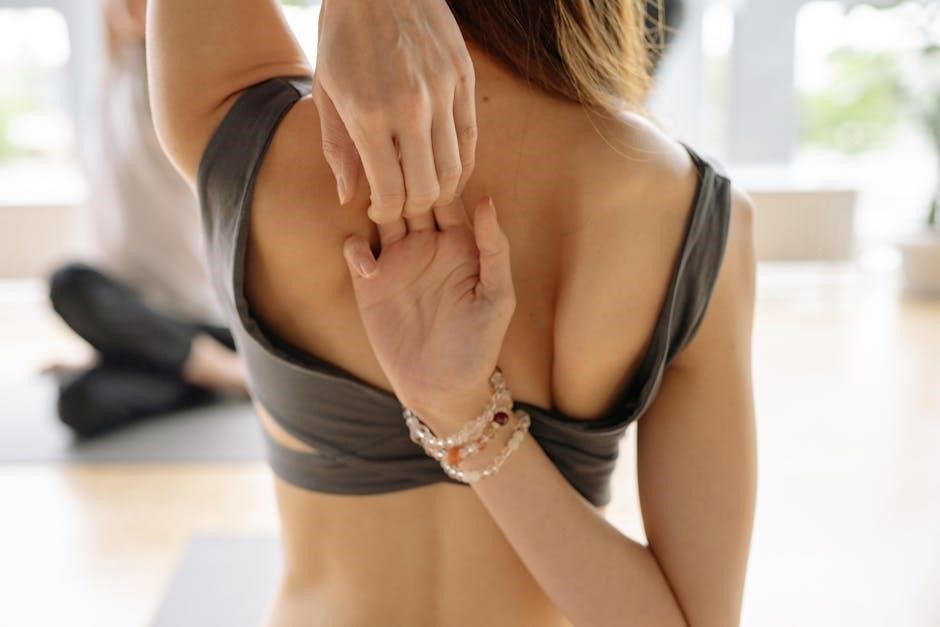
Choosing the Right Brand
Choosing the right brand is a crucial step in finding a bra that fits perfectly and meets your needs; With so many options available, it’s important to consider factors like comfort, support, and style. Different brands cater to different body types, preferences, and lifestyles, so taking the time to research can make a significant difference.
Understanding Your Needs:
– Consider your body type, whether you have a petite, average, or full-bust frame. Brands like Chantelle and Natori are ideal for petites, while Freya, Panache, and Elomi are great for fuller busts.
– Think about your activity level. If you’re active, look for sports bras from brands like Under Armour or Nike. For everyday wear, brands like Wacoal and Simone Pérèle offer excellent comfort and support.
Brand Specialization:
– Some brands specialize in specific styles, such as strapless or balconette bras. For example, Elomi and Goddess are known for their flattering designs for curvier figures.
– If you’re looking for luxury and elegance, brands like La Perla and Victoria’s Secret offer high-end options. For affordability without compromising on quality, consider brands like Hanes or Bali.
Size and Fit:
– Not all brands offer the same size range. If you have a smaller or larger bust, look for brands that cater to your size. For instance, Panache and Empreinte specialize in larger cup sizes, while AA cups are well-served by brands like Cuup.
– Pay attention to sister sizes and international size conversions, as sizing can vary between brands and regions.
Tips for Finding Your Brand:
– Read reviews and ask for recommendations from friends or bra fit experts.
– Try before you buy, if possible, to ensure the fit and comfort are right for you.
– Consider the quality of materials and construction, as a well-made bra will last longer and provide better support.
Why Brand Matters:
– A good brand ensures consistency in sizing, quality, and fit.
– Many brands offer innovative features like adjustable straps, seamless cups, or breathable fabrics to enhance comfort.
– Investing in a reputable brand can improve your overall bra-wearing experience and confidence.